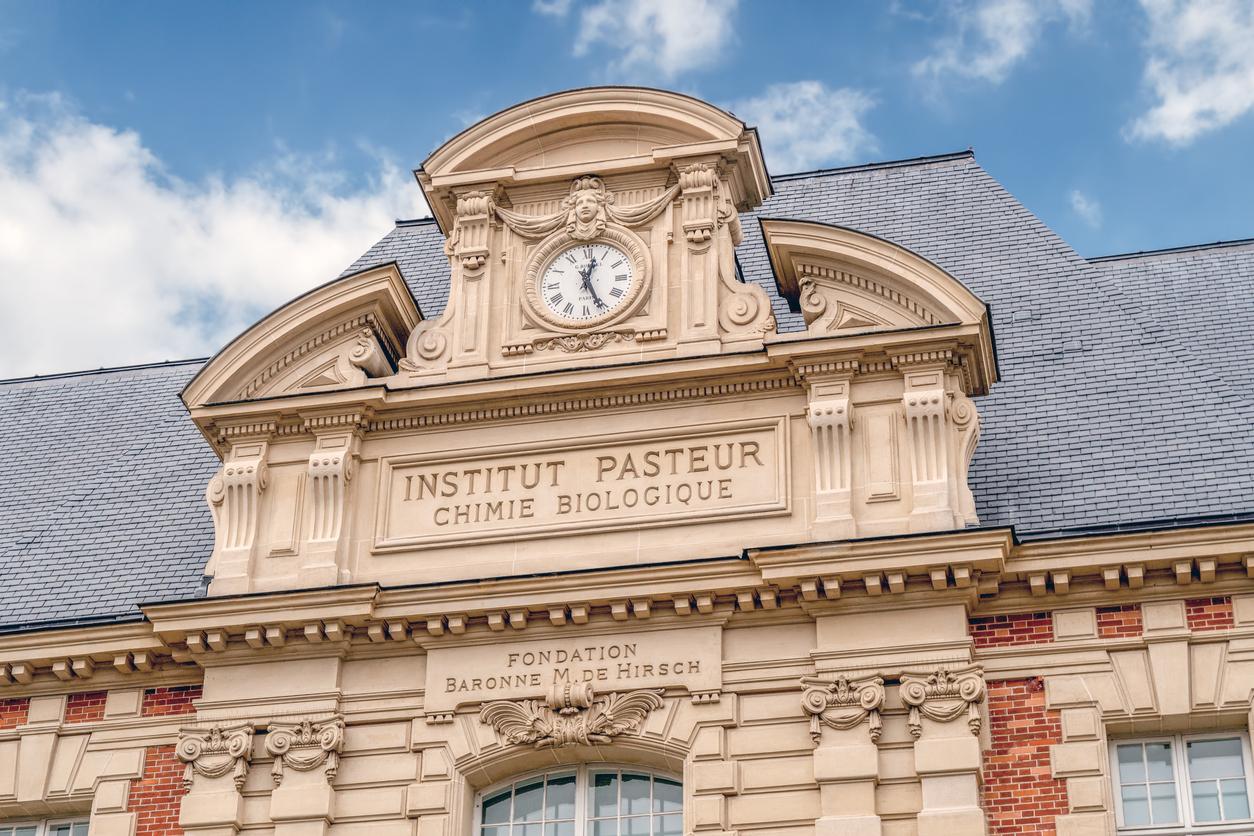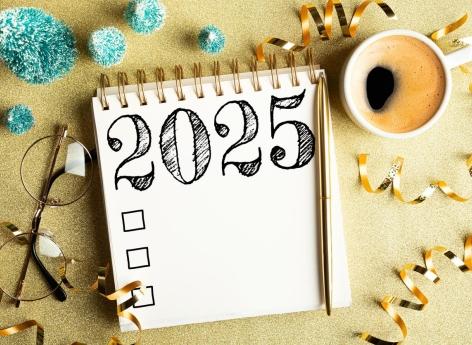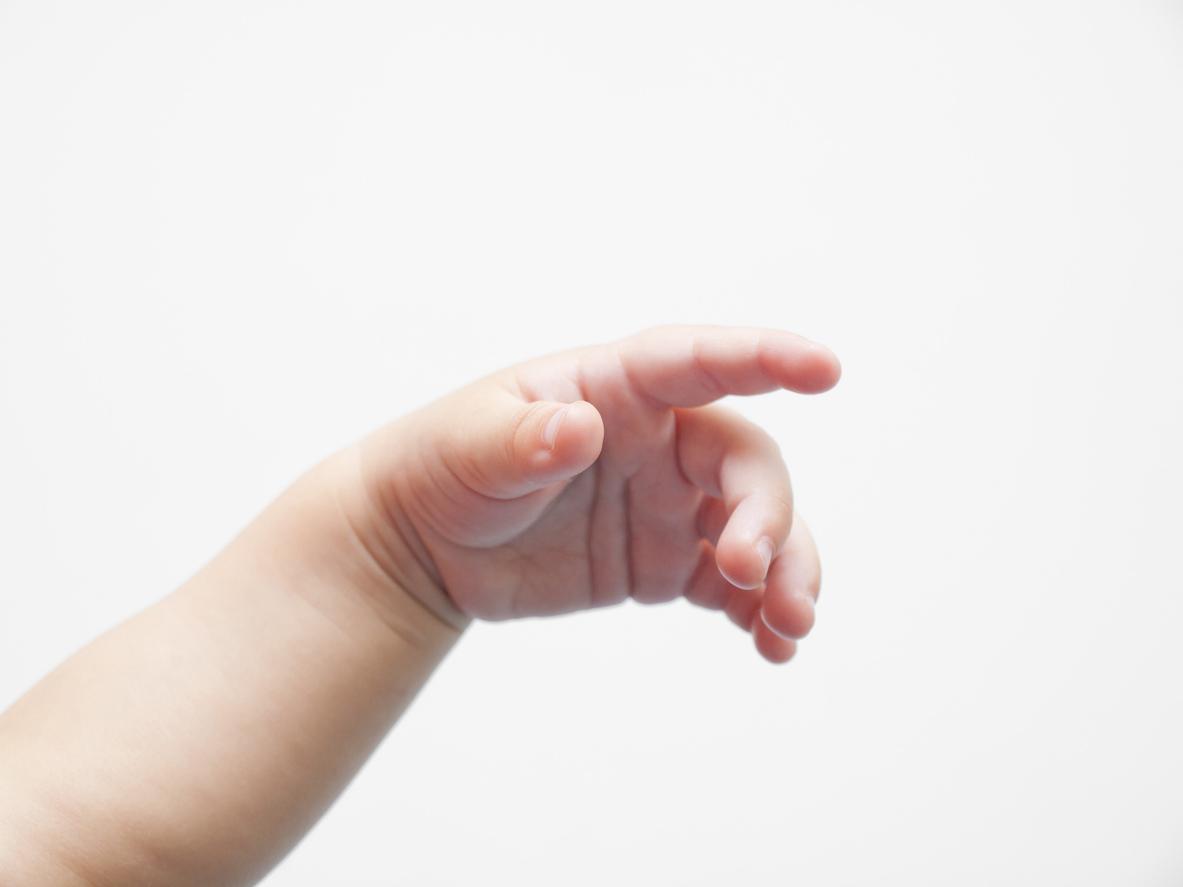Have you heard of metacognition to correct your mistakes?

Whether it is learning mathematics or reading in children, the athlete who masters his gestures or an elderly person who learns a poem, we all do metacognition without knowing it. Making a mistake is the best way to use it.
What is metacognition?
Far from being an occult science, metacognition is a neuropsychological process that allows us to become aware of our thoughts implemented to solve a problem. This stepping back allows you to know if you are using the right tools and, if not, to change your strategy.
When you make a mistake, it then becomes information and an entry point to understand what went wrong and find a solution. Better understanding metacognition makes it possible to avoid feeling guilty or feeling shame when we are wrong.
Understand rather than memorize
If having knowledge is important, knowing how to restore it and understand it inscribed in the memory in a much more lasting way. Everyone will thus be able to use the tools with which they feel more comfortable: repeating the text in their heads, visualizing the scene, imagining associations with music, or even numbers.
To encourage your child to develop his metacognition, you can help him with filling-in-the-blank texts, for example, or encourage him to give you back orally or in writing what he has understood. Also remember that intelligence is not innate and by giving your child confidence in their learning abilities, you can help them cope with difficulties.
Find out more: “The magic of concentration: Learning to concentrate at the table, with family, at an aperitif, with friends” by Jean-Philippe Lachaux, Odile Jacob editions.
.















